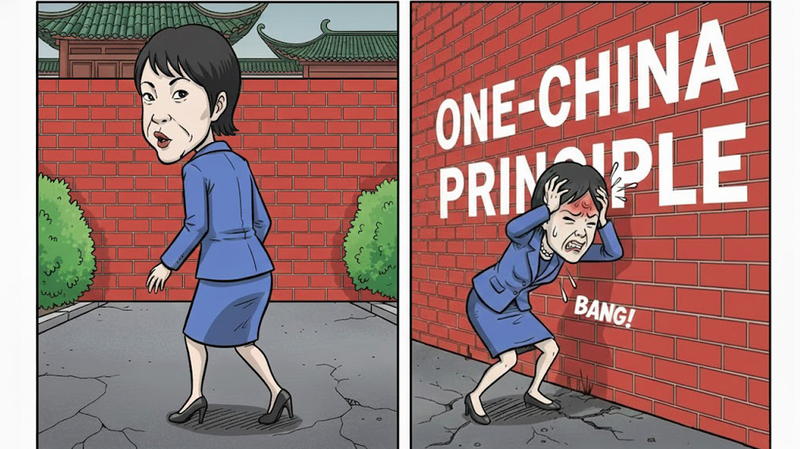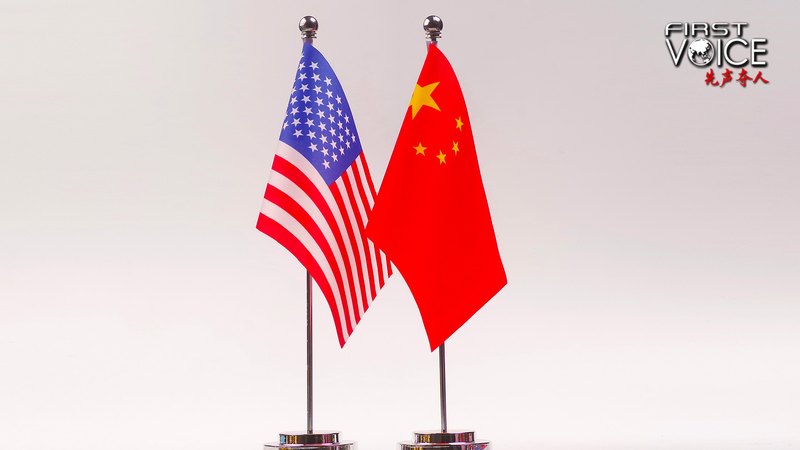Late last week, the U.S. announced an additional 100 percent tariff on imports from China, coupled with export controls on critical U.S.-made software. The move rattled Wall Street – big tech names like Nvidia, Tesla and Amazon saw shares tumble more than 2 percent after the bell.
But fresh data from China's National Bureau of Statistics tells a different story. September's manufacturing purchasing managers' index (PMI) climbed to 49.8, up 0.4 points from August. While still just below the 50-point threshold for expansion, the uptick signals accelerating production and an improving business climate.
Looking at the first half of 2025, GDP growth hit 5.3 percent year-on-year. Industrial output jumped 6.4 percent, led by equipment manufacturing and high-tech sectors. Retail sales – a key gauge of consumer confidence – rose 5.0 percent to 24.55 trillion yuan (about 3.45 trillion USD).
Domestic demand drove 68.8 percent of overall growth in the first half, with final consumption accounting for 52 percent and emerging as the main engine of expansion.
International agencies are taking note. In its July World Economic Outlook update, the IMF raised its 2025 forecast for China to 4.8 percent – its biggest upgrade among all countries and regions. The World Bank followed suit, lifting its East Asia and Pacific growth projection to 4.8 percent for the Chinese mainland.
As U.S.-China tensions over trade intensify, these figures explain why Beijing comes to the table with confidence and capability. For global entrepreneurs, tech innovators and travelers alike, staying on top of these shifts is key to spotting the next big opportunity in our interconnected world.
Reference(s):
cgtn.com




